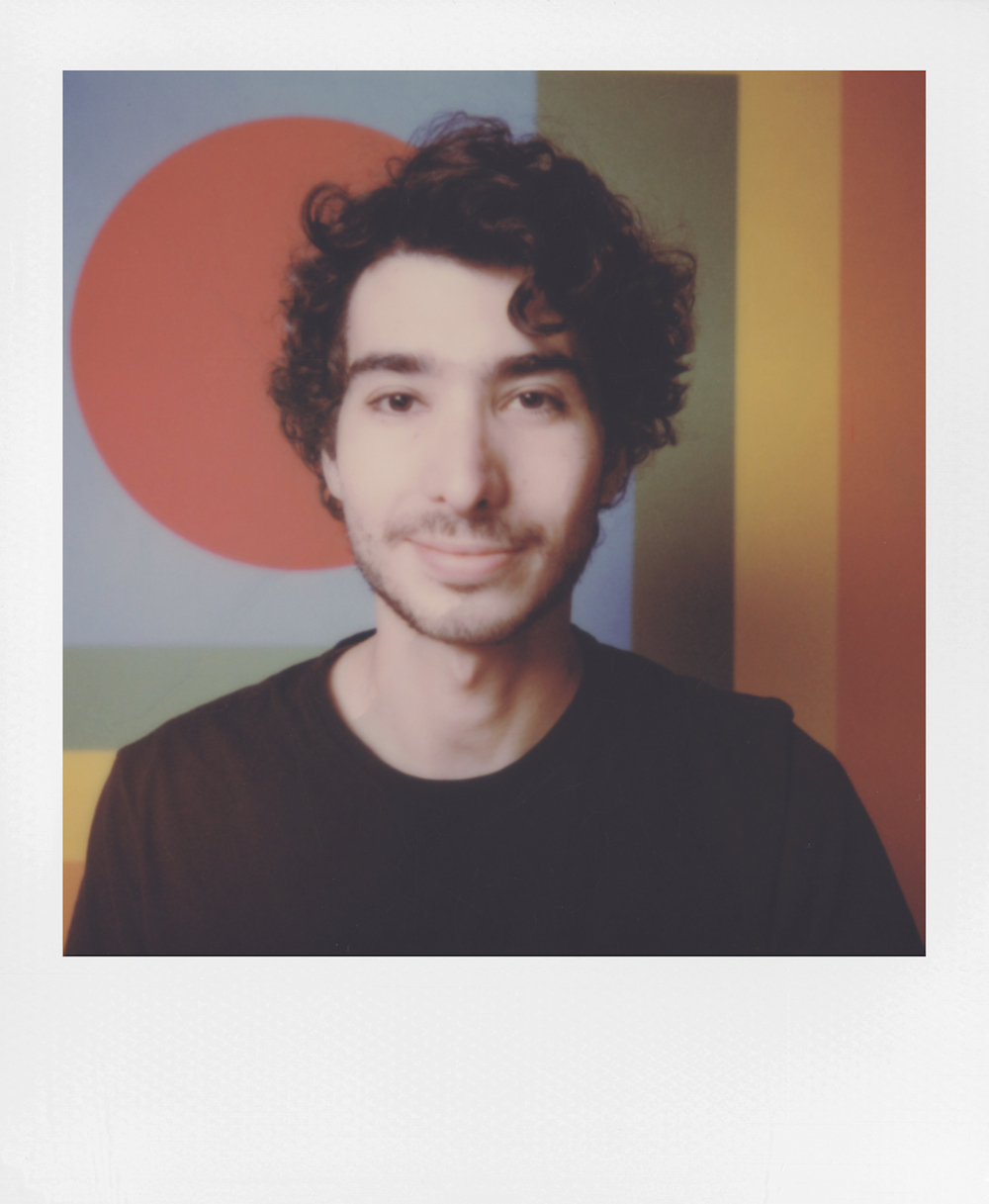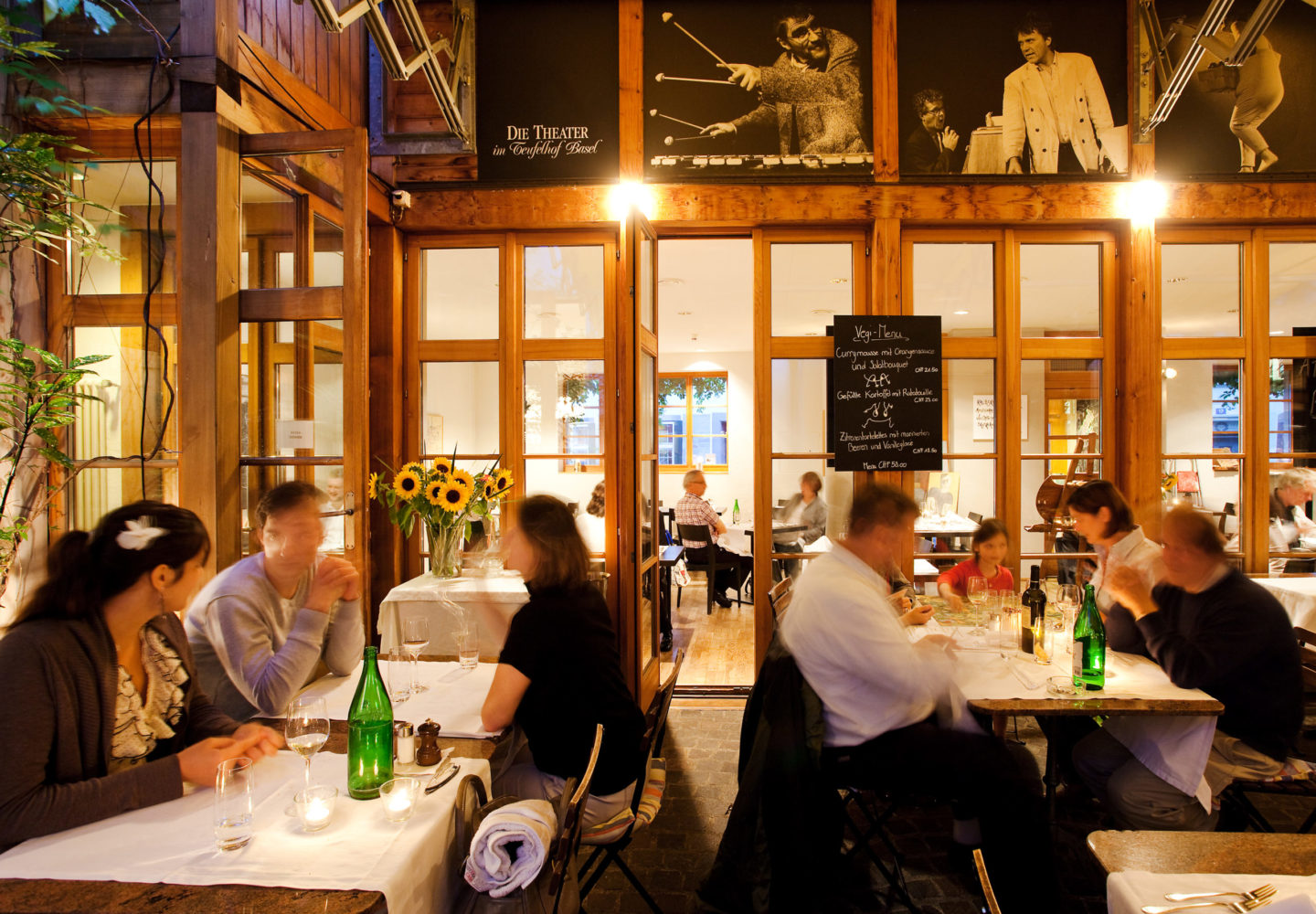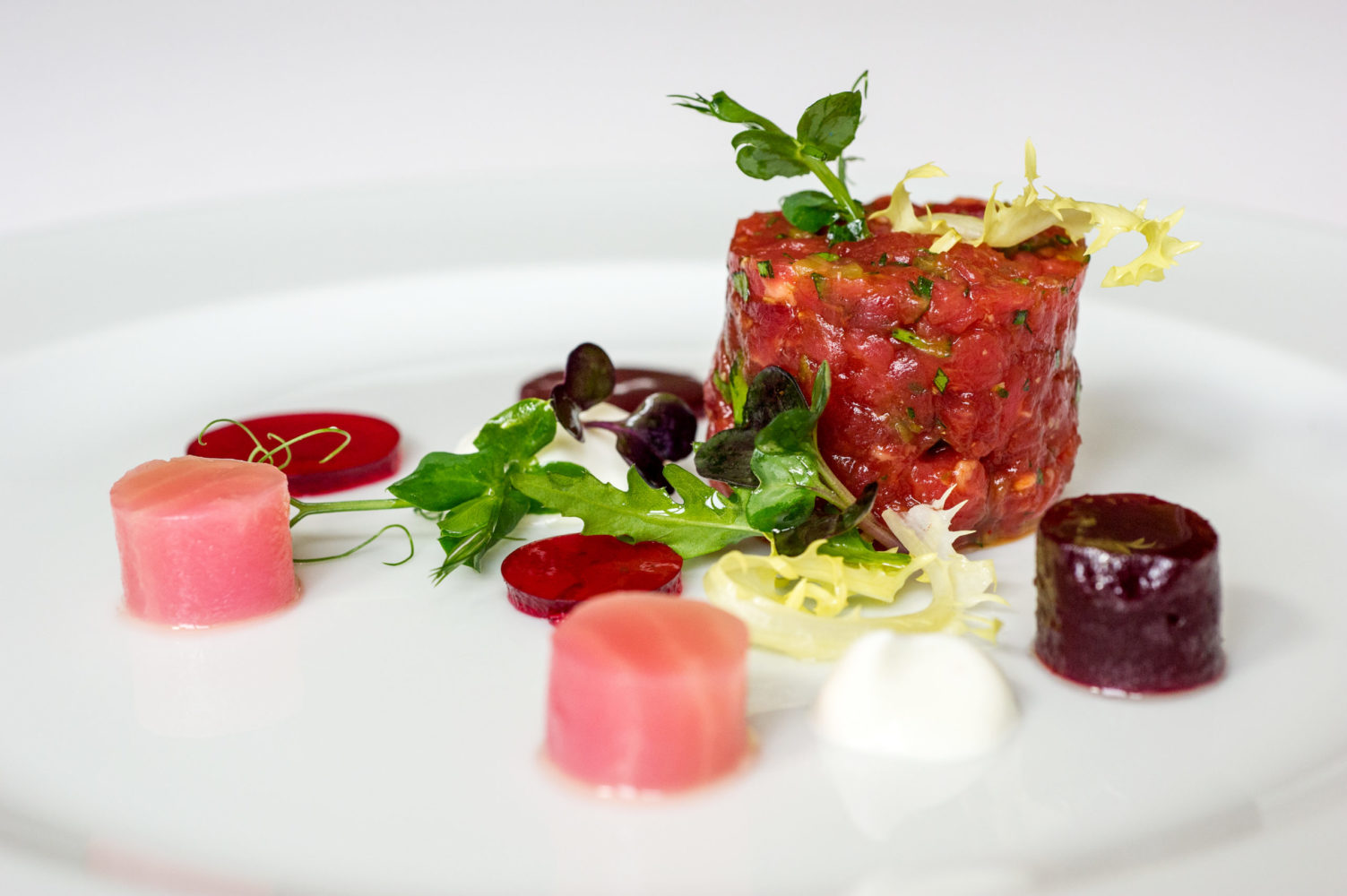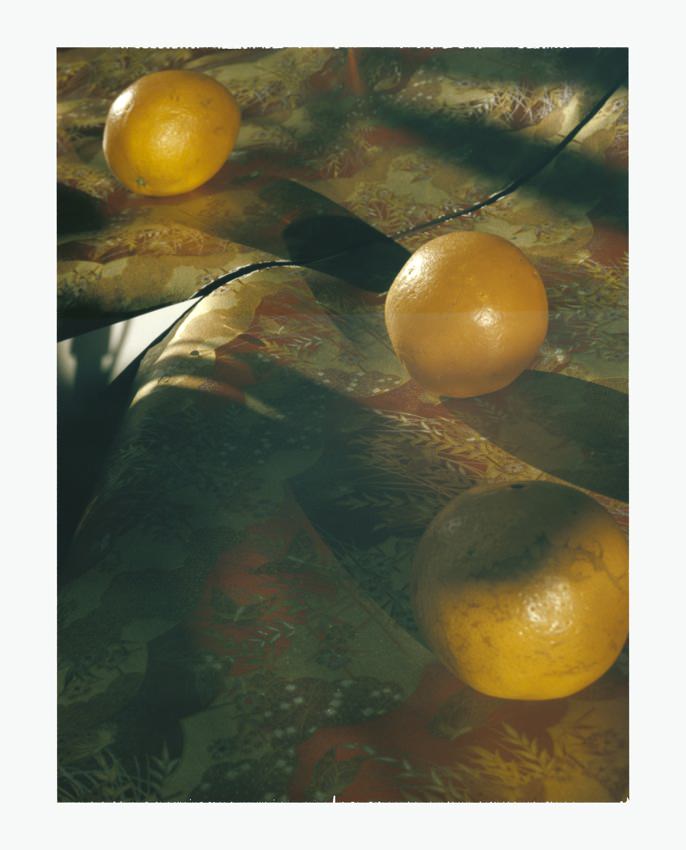It was 1937 in Cambridge, MA when scientist Edwin Land founded Polaroid. The company was transformational for the history of images, and for culture surrounding photography at large. By putting innovation at the forefront of how the public saves and re-visits memories, the company captured cities, movements, and milestones in seconds with instant film.
Polaroid’s CEO today is Oskar Smolokowski, a familiar name to photographers who have been trying to marry an old camera with new film in recent years. His previous work was with The Impossible Project—a company that, after Polaroid announced halting production of instant film cameras in 2008, produced updated instant film for old models. For years, he has been infusing analog Polaroid cameras with new technology as it emerges, aiming to keep the magic alive. Today, he’s doing just that by launching the brand’s latest model, Polaroid Now.

Portrait of Oskar Smolokowski courtesy of Polaroid.
The new i-Type camera is an easier point-and-shoot model, complemented by an autofocus lens system, a longer-lasting battery, and a more accurate flash. Available in five limited edition colors—like red, orange, yellow, blue, and green—the new model matches its exterior to a new special edition of instant film called Color Wave. Additionally, the brand is releasing the Color i-Type Film called Black Frame, which will become a new permanent fixture for Polaroid.
Whitewall spoke with Smolokowski about the evolution of photography, how Polaroid Now is encouraging creativity, and why his favorite moment caught on film exemplifies the power of Polaroid.

Courtesy of Atelier.
WHITEWALL: Tell us a bit about Polaroid’s latest launch—Polaroid Now, featuring new technology and modern-day features.
OSKAR SMOLOKOWSKI: The Polaroid Now is our newest analog instant camera, continuing the tradition from over 80 years of design and innovation embedded in the Polaroid DNA. The biggest part of instant photography, and the essence of this camera, is being in the moment and celebrating the life and people right in front of you.

Courtesy of Atelier.
We have a new, fresh design that respects the icons before it, the analog Polaroid technology that brings a smile to everyone’s face, and now we’ve updated it with a better lens and autofocus system to improve the overall experience. A big part of a Polaroid camera’s job is to bring a smile to everyone’s face, break the ice, and empower anyone to be creative. That’s what the Now is all about.
WW: In Polaroid’s journey, what do you think has changed most about photography during this time?

Courtesy of Polaroid.
OS: I will answer this question more from an amateur photographer’s point of view. On that front, essentially everything has changed. Every single person with a smartphone in their pocket is a photographer today.
Before the iPhone came out in 2007, there were perhaps hundreds of millions of photographers at most. Now a little over a decade later, there are billions—mostly through smartphones—so change is accelerating rapidly. Polaroid spans these different eras of photography. Instant photography used to be the fastest way to get your photo, then digital photography overtook it, and most recently smartphone photography—which increased the speed exponentially. Now you immediately have photos that can travel around the world to thousands, if not millions, of people at once. Smartphones also changed the quantity of images that we look at. It separated the constant consumption and creation of images from the more mindful, slow view of photography.
The experience of both capturing the photo and the act of actually looking at the images and pausing to appreciate them became a special, smaller (but ever important) branch of photography. The majority of image creation is the everyday smartphone shooting and image consumption, and then there is this smaller, more mindful approach to photography where all the higher-end digital cameras and instant and analog cameras sit.
It is that separate, more mindful branch that has formed over the past ten years that is continuing to evolve and grow, even as smartphone photography proliferates every area of our lives as it evolved from MMS to Instagram to TikTok (and transitioning quite strongly to video within the last 5 years). A lot keeps changing, but we remain committed to the most human aspects of photography—the meaningful connections with people and memories that are formed through our medium—in the real world, not trapped behind a screen.
WW: There is digital photography, and then there is instant film. Polaroid is still regarded as the leading brand for instant photos. Tell us a bit about keeping the brand’s heritage at the forefront of the brand, and what the brand’s DNA is in the vast world of photography.
OS: The most important part of the brand’s DNA is that instant photography was inherently social. It was more about human connection than anything else. When the first instant cameras came out, you had photography for the first time turning into a social network. You would have someone take a photo and then immediately pass it around, to the point where you would even have strangers interested in what was going on and wanting to look at the picture. It was an ice breaker where someone could ask to look at the photo and the photographer wanted to share it. Obviously now you can’t do that when someone takes a photo on a smartphone.
Even in 2020 when I took out a Polaroid camera in a café and asked to take a picture of someone…. First of all they said yes. And then as it was developing, I had eight people in the café passing the photo around and talking. Some knew each other, some were strangers, but it brought us all together. And that’s what makes Polaroid stand out in photography—that inherent feeling of bringing people together through creativity and the human connection aspect of it.
WW: Tell us a bit about your personal relationship with photography
OS: Photography gets to be a cornerstone of my career, even though I wouldn’t call myself a photographer. I really enjoy taking photographs and the social aspect of it—the kind of fun that happens between people as you play, experiment, and create. My photography journey started full-force with The Impossible Project eight years ago.
And now with analog photography living under the Polaroid banner again, I’ve shot with every Polaroid camera within reach, developed and refined our current camera technology, and used every end of the camera spectrum—from 35mm film cameras to high-end digital cameras. For me, it’s about the experience as much as the outcome, which is why the Polaroid Now is so important. It’s for creativity but also to enjoy the moment.
WW: Tell us a bit about your favorite memory that you’ve captured on Polaroid.
OS: The picture I mentioned in the café is a really special memory because it reminded me of the power of Polaroid photography to bring people together in a physical space, in the real world. Strangers talking to each other and connecting with each other.
It’s a photo of a grandfather and his grandson playing chess. They were having so much fun together and I just happened to be there. The (I think) grandfather was making chess fun and light-hearted, and the kid was thoroughly enjoying it. Together they looked cinematic. It was a beautiful moment, both personally and photographically. That tangible connection between family, friends, and then café strangers, was incredibly powerful. It’s a memory that I want to remember, and also have as a reminder to slow down and always look for ways to capture moments of human connection.







